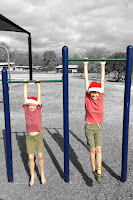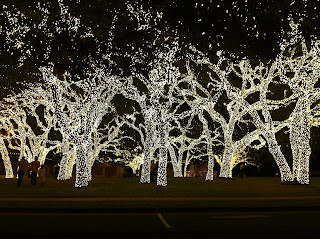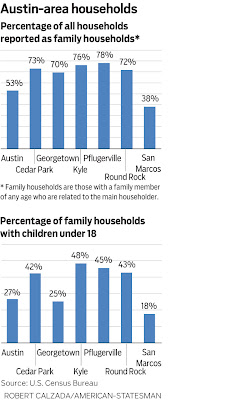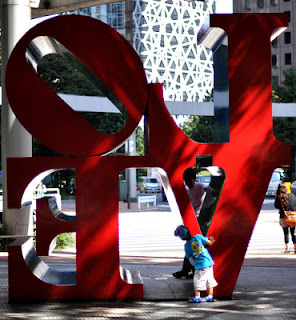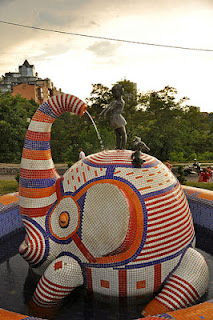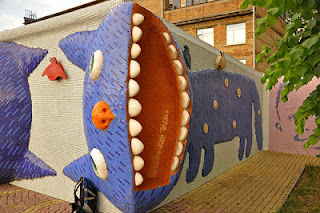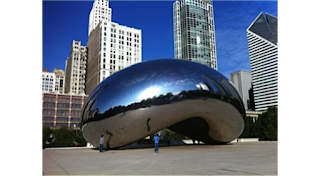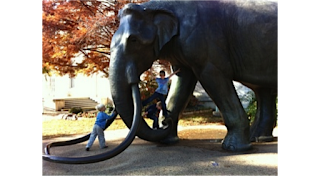Our holidays are still in full swing here in Austin -- and have been filled with all sorts of fun outings with the kids. Austin is spectacular for families during the December holiday season. Some of our family's all-time favorite holiday outings here:
1. Trail of Lights. It was back this year after a sabbatical, although too crowded. We witnessed lots of children melting down towards the end.
2. Ice skating at Whole Foods. We only do this once a year, and so it is a bit comical as we stumble around on the ice, but oh so nice.
3. Capitol Tree Lighting and Sing-Along. We did not make it this year (see number #4) but love this annual festive event. Kids galore running around the Capitol grounds. And fun to see downtown Austin come to life with families.
4. Johnson City. Ok, this is not actually in Austin, but only 45 minutes away, and a discovery we made this year, sacrificing the Capitol Sing-Along. One of the prettiest county courthouses and fun light displays and activities for children, including tours of LBJ's childhood home. We made part of the trek there on bikes (our first long country ride with kids), which added even more adventure to the outing.
5. First Night--New Year's Eve. This event is no longer here in Austin, and we still mourn its passing. This was our family's and many other Austin families' favorite event of the year here. Truly magical with Austin showcasing what makes our arts community so wonderful for families. The toned down "family festival" offered downtown cannot compete with First Night and its focus on the arts.

